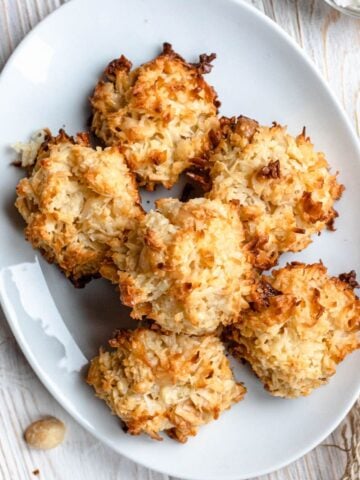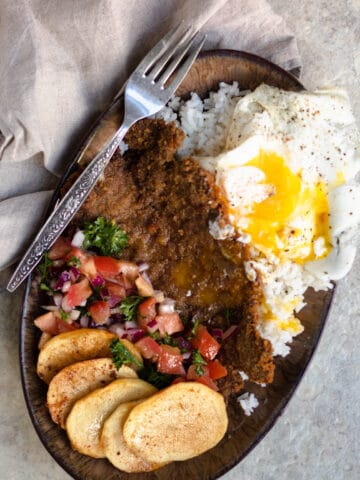Bolivia Country Introduction and Recipes
Fun Facts
- Bolivia is the fifth largest country in South America
- 60% of the population in Bolivia is under 25 years old
- Bolivians eat guinea pig!
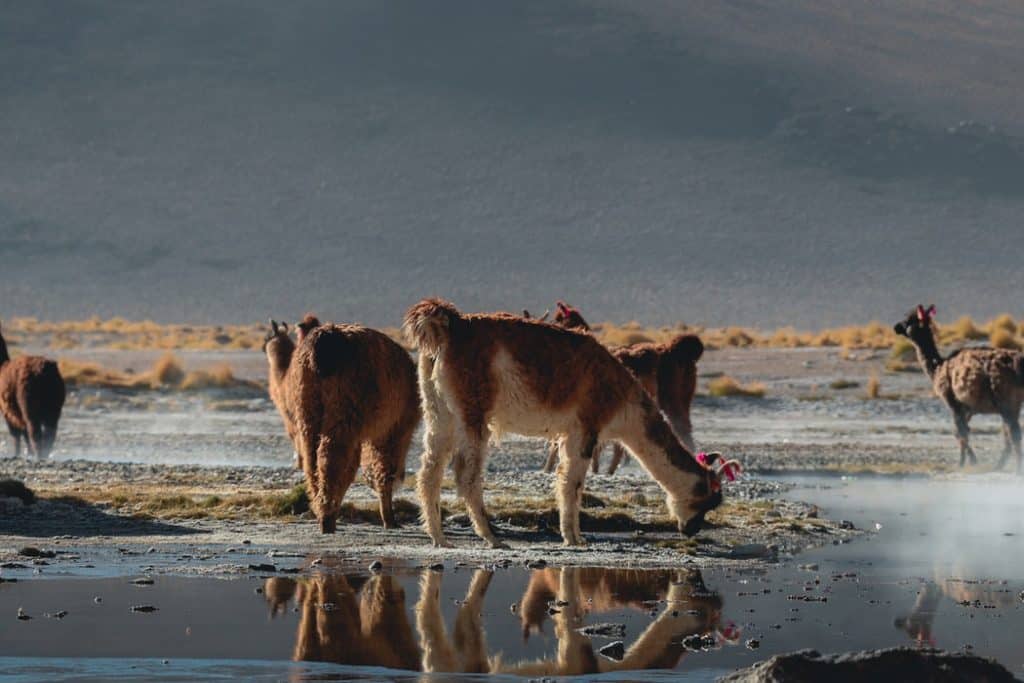

History of Bolivia
The country of Bolivia is a mix of three types of people: Spanish people, indigenous Bolivians from the Andes, and “mestizos”, which are a mix of both. In the 16th century, Spain colonized Bolivia and exploited the country for all of the silver found there. It wasn’t until 1825 that Bolivia finally gained its independence. Simon Bolivar headed the revolution and led the Bolivians to victory. The Bolivians honored him by naming the country after him.
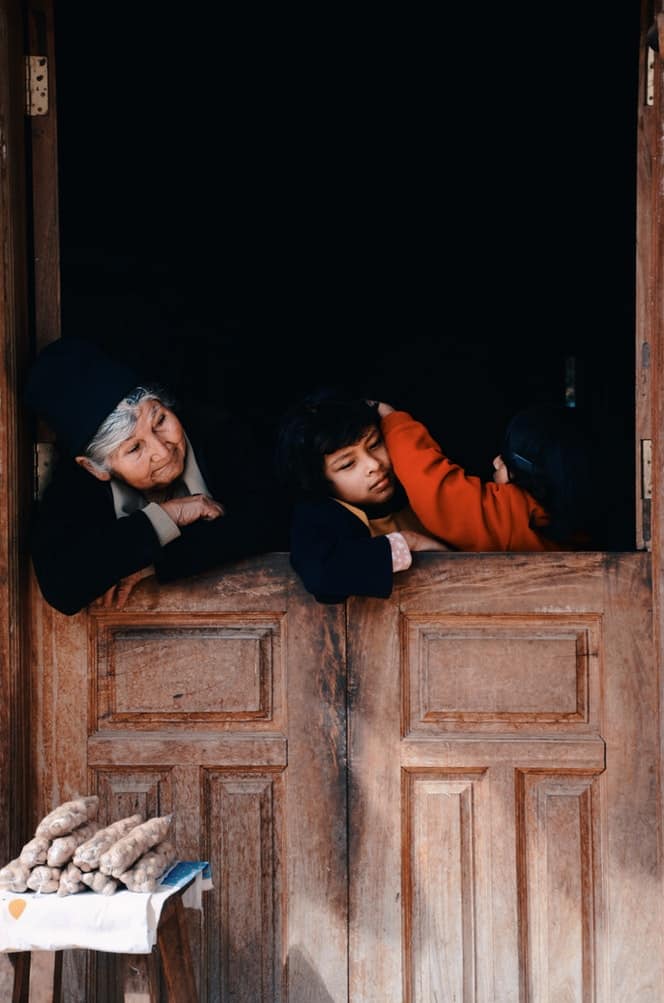
Family Culture in Bolivia
Family is the center of everything in Bolivia. Particularly in rural areas, many generations live together under the same roof. Marriage is a valued life step and is normally expected of everyone. Machismo, or very strong masculine pride, is very prevalent in Bolivian society. This is both caused from and perpetuated by typical gender norms of a man going to work and a woman staying home to take care of domestic duties.
Bolivias honor the dead just as much as the living in Bolivia, and celebrate them on the Day of the Dead. On this day, Bolivians leave food and offerings out for their deceased loved ones, who they believe revisit their old homes one night out of the year in the form of spirits.
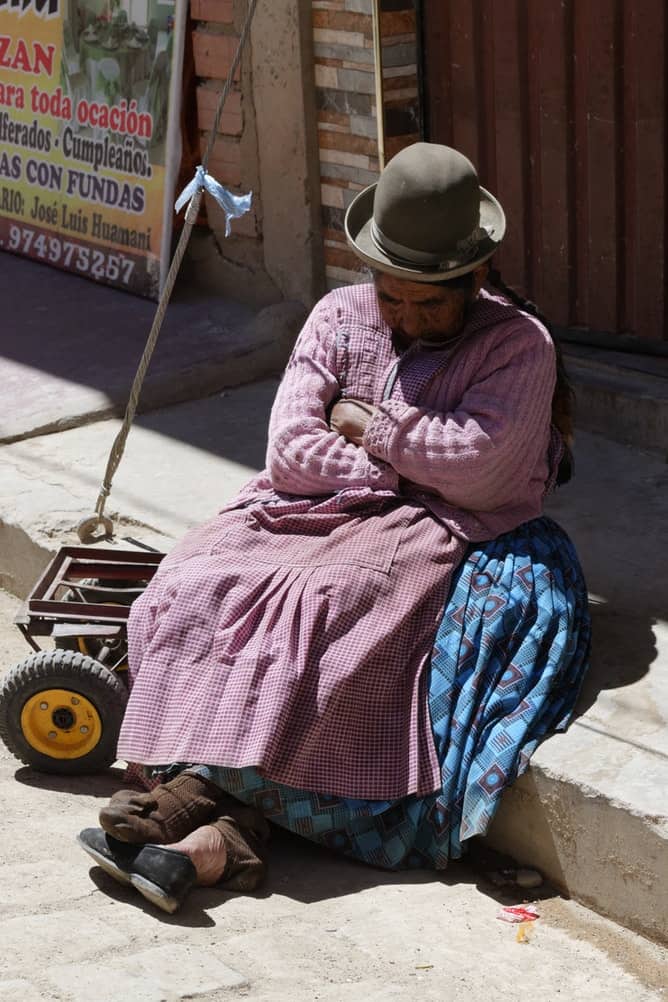
Food Culture and Etiquette in Bolivia
One of the biggest food customs in Bolivia is called salteña. Salteña is a 15-30 minute snack break in the morning in between breakfast and lunch. At this time of the day, most the city shuts down. Offices, stores, and businesses have a coffee or tea in this time which is normally accompanied by a light sandwich. Most frequently, however, Bolivians enjoy the drink with a salteña itself, which is the Bolivian version of an empanada.
Bolivians tend to hold the same views on punctuality as much of South America. If invited for dinner, it is customary to arrive 20-30 minutes late. Once at the meal, Bolivians eat almost everything with a fork and a knife… even fruit! Before the meal begins, the host toasts the table with the common phrase “Buen Provecho,” and everyone digs in.
The major meal is lunch, and in upper-middle class households and restaurants, is normally a four course meal.
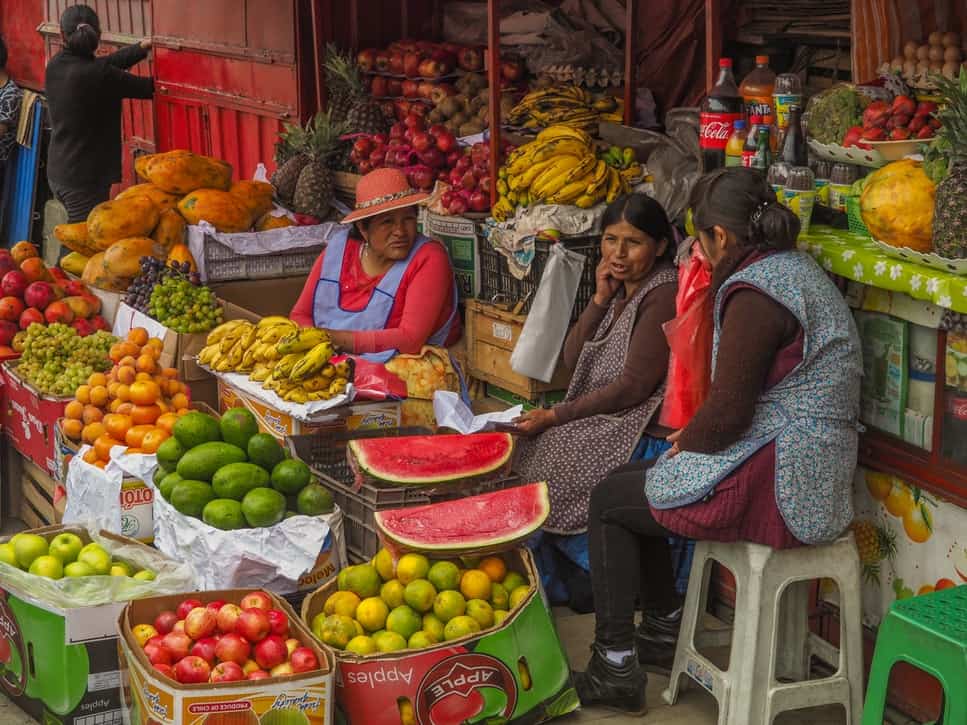
Common Flavors in Bolivia
- Most dishes stem from Spanish cuisine but also showcase a few Andean flavors and traditions
- Quinoa is a major ingredient in Bolivian cooking
- Potatoes are the basis of many meals, but rice, cassava, peanuts, and legumes are also hugely popular


